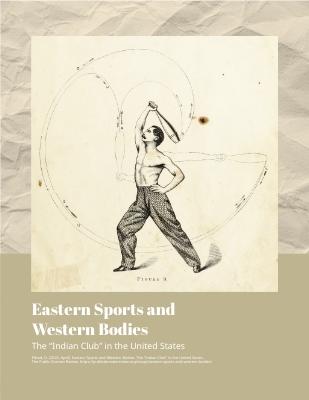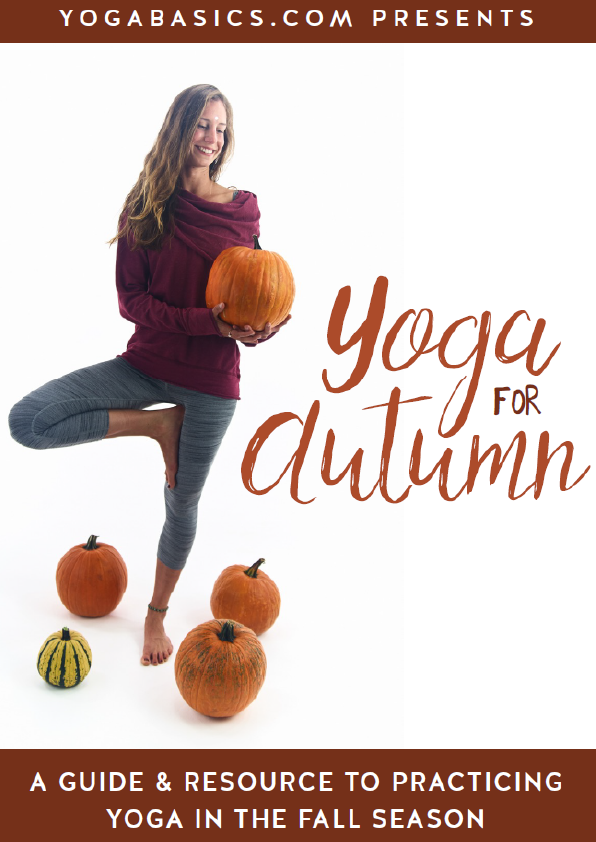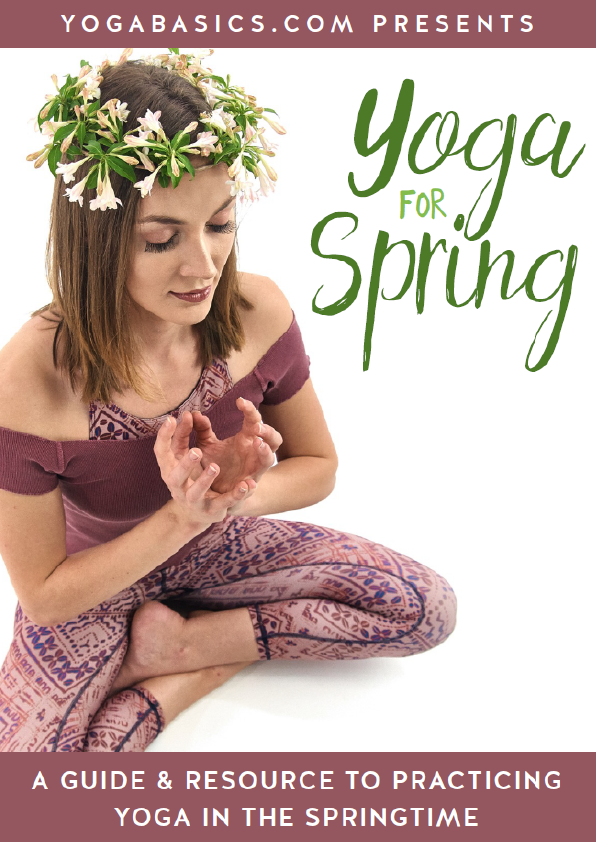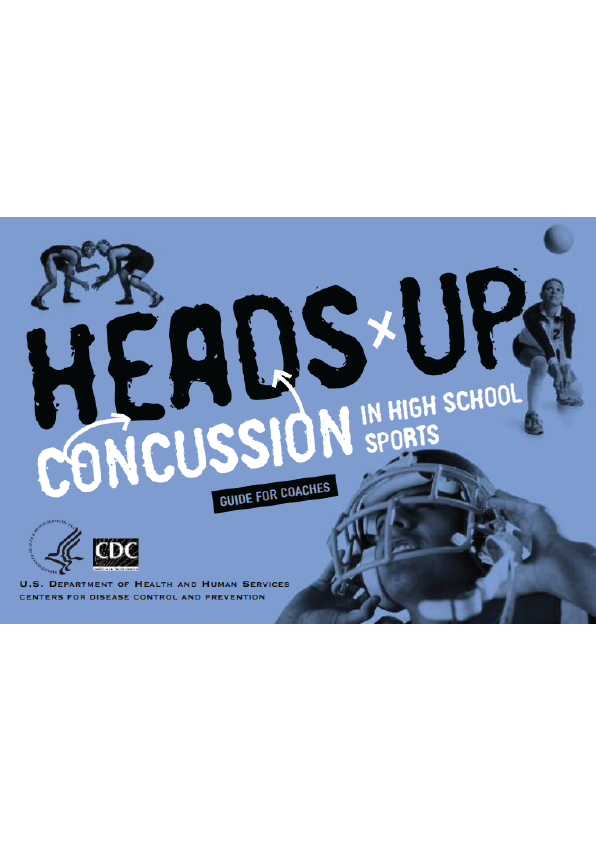Although largely forgotten today, exercise by club swinging was all the rage in the 19th century. Daniel Elkind explores the rise of the phenomenon in the US, and how such efforts to keep trim and build muscle were inextricably entwined with the history of colonialism, immigration, and capitalist culture.
The oldest film included on the National Film Registry of the US Library of Congress features a pale boy calmly swinging a pair of wooden clubs, apparently as part of an exercise routine. Approximately twelve seconds long, Newark Athlete was directed by the Scottish inventor and early associate of Thomas Edison, William Kennedy-Laurie Dickson, in collaboration with cinematographer William Heise at Edison’s laboratory in West Orange, New Jersey, sometime in the late spring of 1891.
Though the wooden clubs brandished by the Newark athlete in this jumpy fragment are now a thing of the past, evidence of their influence can still be seen. John Quincy Adams Ward’s celebrated Indian Hunter sculpture, for example — first installed in New York’s Central Park in 1868 — was partly modeled on a bodybuilder and club devotee named Frederick Küner, whose unusually defined physique was meant to imbue the bronze figure with mythic strength.1 The so-called “Indian clubs” credited for this defined physique may now seem like mere novelty items, but in the nineteenth century they were a staple of fitness routines and a familiar sight at athletic clubs across the United States. Unlike dumbbells and medicine balls, they also played a role beyond keeping the body trim. In England, suffragettes such as E. Sylvia Pankhurst carried them, along with long hatpins, in clashes with armed police: they proved particularly effective in getting police horses to abruptly sit down, dismounting the bobbies, and knocking off their helmets.
The clubs swung by the Newark athlete, however, are a short and lightweight version developed primarily to supple the limbs, not to build muscle (or knock policemen off horses). Weighing in at around 1.5 lbs., these wieldy clubs were used mainly in early gymnastics competitions and exhibitions staged by various Turning societies — patriotic fitness groups that had their origins in early nineteenth-century Germany. These societies proudly promoted a collective, firmly Protestant spirit of fitness and graceful coordination (rather than sheer individual strength) through group routines often accompanied by music. Turning was the brainchild of an eccentric German schoolteacher named Friedrich Jahn, a nationalist who crusaded against the French and drew attention to himself by living in a cave and occasionally promenading through town in nothing but a bearskin. Also known as the “Turnvater”, Jahn had in turn been influenced by the pioneers of modern gymnastics, Johann Christoph Friedrich GutsMuths — author of the first gymnastics manual, Gymnastik für die Jugend (1793), which was concerned not only with how to exercise but also with why one should — and Johann Basedow, a philosopher and social reformer from Hamburg who advocated a more egalitarian approach to education, consisting of a practical curriculum conducted in the vernacular. As Jahn had envisioned, the Turner movement was highly influential and spread rapidly throughout Europe and across the pond.











